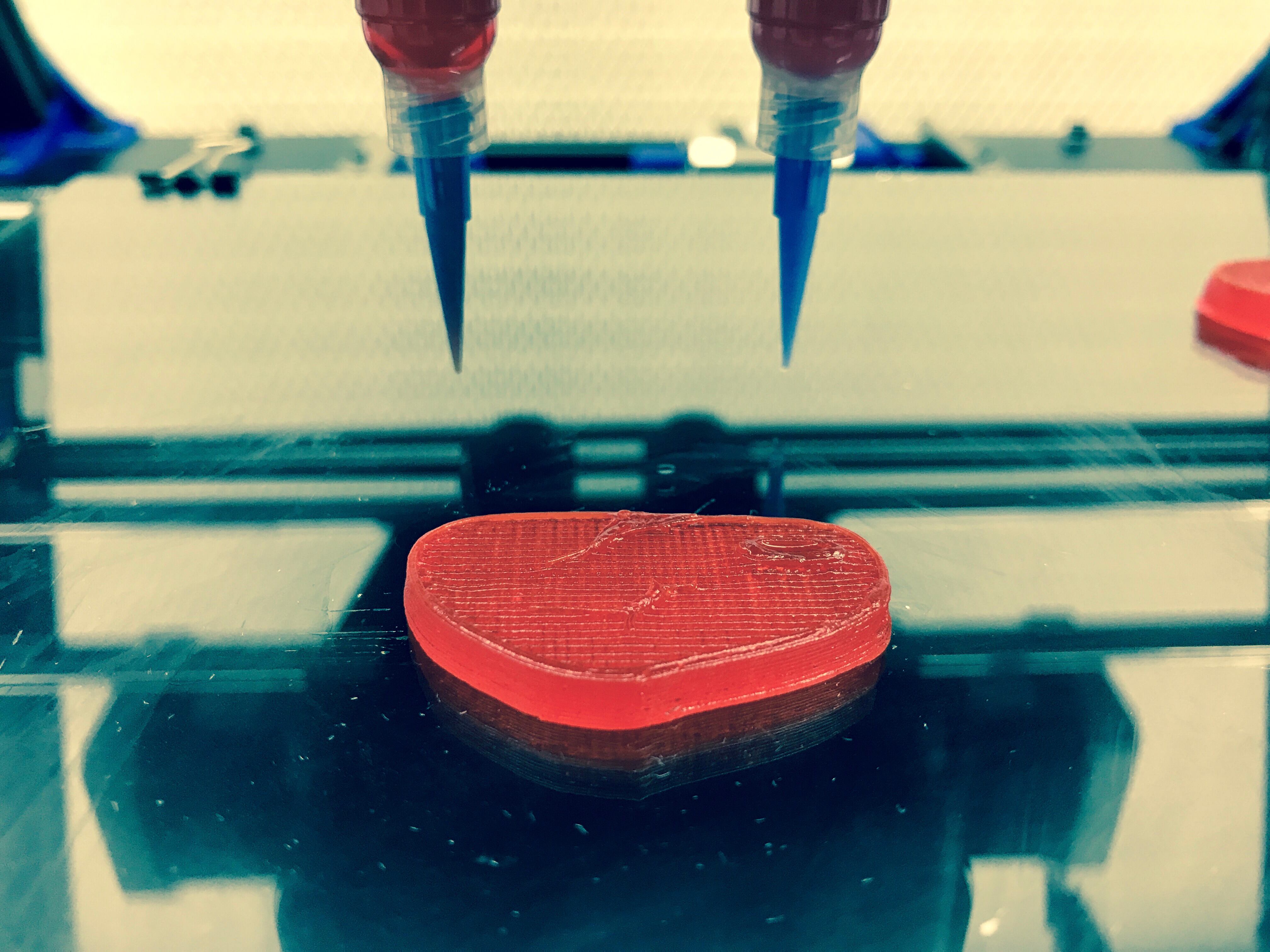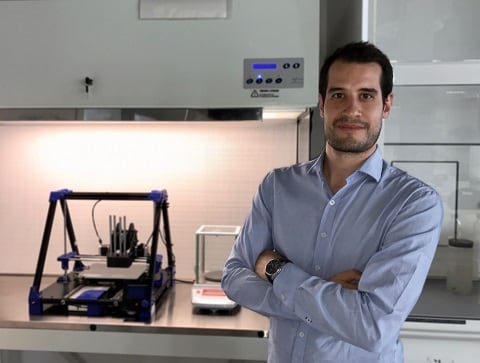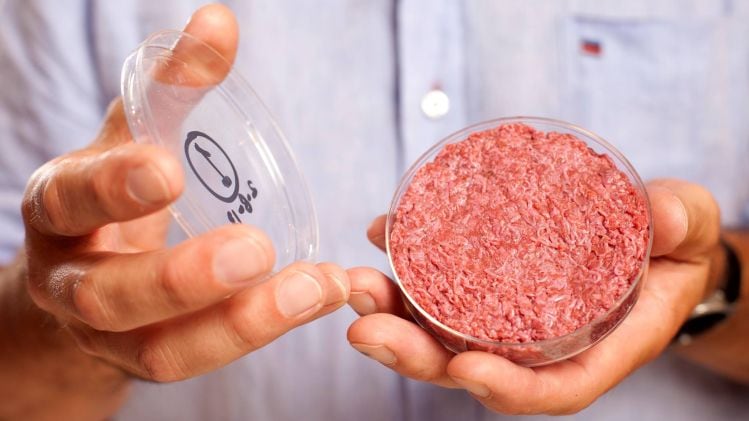For the prototypes, Scionti used a mix of rice and pea proteins but other inputs such as seaweed could also be used.
“This new advanced technology is able to bio-hack the structure of the native tridimensional network of different plant-based molecules at the micro- and nano-scale.”
The result is a piece of ‘meat’ made of pea, rice or seaweed that “looks, tastes and feels like a traditional fibrous beefsteak”.
“[This results in] plant-based products with mechanical and textural properties in the same range as different types of fibrous animal meats, such as several types of beef, chicken, pig and rabbit meat, and fish.
“[The] state-of-the-art tissue engineering techniques allow selecting specific materials to achieve the texture of native animal tissues, and for this aim, it is possible to use only plant-based natural ingredients, some of which are able to provide meat-mimetic consistency and elasticity.
Scionti was working as researcher and assistant professor in bioengineering at the University of Catalunya when he “unexpectedly” discovered the technology and filed a patent (pending).
Convinced of the technology’s potential, Scionti quit academia and is currently in the process of setting up a company, NovaMeat, to “optimise the technology and push the limits of its potential”.
He admits the ‘steak’ looks more like a strawberry-flavoured gummy sweet than a juicy beef steak but says this is down to appearance not being a priority in the initial stages of development.
“During the first stage of this project, I was completely focused on obtaining a meat-like consistency and tuneable nutritional properties, using only plant-based natural ingredients: that was the main novelty of the technology.
“Although the first prototypes presented so far do not resemble perfectly a piece of meat, it is possible to generate very complex structures, both at the micro- and the macroscopic levels."
Benefits of 3D printing

Using a 3D printer offers several advantages over traditional food production techniques such as moulding and extrusion, the scientist-turned-entrepreneur explained.
Firstly, it can generate meat-like textures without using high temperatures or pressure that can denaturate the proteins and reduce the nutritional content.
Secondly, there is a lot of scope for personalisation and customising the nutritional properties of the product to the needs of the consumer.
From medicine to food
For a biomedical engineer specialised in tissue generation and stem cell research, the field of cell-cultured meat might seem a more natural fit in the food space.
But Scionti has both personal and practical reasons for wanting to work with plant proteins.
“Why would we prefer to eat meat with [animal] cells, if we could eat something which tastes, feels and look exactly like meat, but it is composed only of ingredients of non-animal origin?
“I believe that the plant-based products will be the ones to register the first and exponential growth, due to the fact that clean meat might be subjected to new regulations depending on the countries, and due to the inherent limitations in their [cell-cultured meat companies'] strategies for scaling-up the production, in terms of time and costs.”
While tissue engineering in the field of medicine is obtaining “very promising results”, the impact is limited to specific cases and is strictly regulated by the European Medical Agency, Scionti says.
He also believes in the “urgency of finding meat alternatives” given the unsustainable nature of the current livestock system.
“The main reason I am passionate about this project is because of its promising environmental and humanitarian potential.
“In addition to contributing towards decreasing the effect of livestock on climate change, desertification and avoiding animal slaughter, the development of these kinds of technological advances should help the populations living in the rural areas of our planet to have better access to healthy food and a varied diet,” he said.
Scionti says he believes the products made using his technology are distinct from existing plant-based meat alternatives but hopes to collaborate with existing manufacturers.


